Early AMD 5700 and 5700 XT benchmarks on par with Vega 64 and Radeon VII
The release of AMD’s new flagship graphics cards, the RX 5700 and RX 5700 XT, has been met with a flood of media.
Hardware-centered YouTube channels, news sites, and Reddit communities have resparked the ever-ongoing conversation of comparing one new piece of hardware to what was already on the market. As reviewers and consumers have gotten their hands on the first GPUs available, which sold out on Newegg by the end of the first day of availability (restocking is ongoing!), the evaluations started.
How do the new 5700 and 5700 XT hold up to the competition, how do they handle today’s best games, and how do they stack up against AMD’s former “enthusiast” cards, the Radeon VII and Vega 64?
Right now, as it’s only been a few days, it would be too early to compare it to the competition, being Nvidia in this case. Why? Well, within the first couple of weeks after any major hardware release, there are too many asterisks and what-ifs involved that accompany new releases, such as BIOS updates, driver updates, bugs, and more. After reviewers have had the GPUs for a couple weeks, those are the most accurate benchmarks to compare against one another.
For now, though, we’ll use PCGamer’s early benchmarks just to see how well the new cards handle the best games on the market right now, as well as how they stack up against AMD’s former best-in-class Vega 64 and Radeon VII cards.
Best games for the 5700 and 5700 XT
Each and every time a new graphics card comes out, and each and every time benchmarks are then reviewed, we’re all collectively reminded that choice of game matters just as much (sometimes even more than) the GPU you’re using.
For instance, AMD’s new RX 5700 XT handles one game, Shadow of the Tomb Raider, super well, almost matching Nvidia’s RTX Titan in FPS. On the other hand, it performs much, much worse with Total War: Warhammer 2, getting trumped by Nvidia’s original 2060, let alone the 2060 SUPER. This may change with BIOS or driver updates, but this is usually the case with any GPU—some games were built with that card’s architecture in mind, and others aren’t.
That being said, we’ve compiled a list of some of the 5700 XT and 5700’s best-performing games, using 1080p at Ultra settings as the standard.
1. Assassin’s Creed Odyssey
The 5700 XT performs significantly well in Ubisoft’s last Assassin’s Creed title, nailing an average of 69 fps at ultra settings, and that’s a darn good-looking game.
2. Far Cry 5
The XT performs really well in this title, too, but the regular 5700 really shines, nearly matching its XT counterpart, only falling short in average fps by four, at a 126 to 122 average fps comparison.
3. Shadow of the Tomb Raider
The 5700 XT and 5700 are some of the best-performing cards for this title, both surpassing 110 fps at ultra settings, but the XT is still significantly better than the standard 5700 on this one.
4. The Division 2
The Division 2 is an incredibly well-rounded game, as early benchmarks seem to show competitive results across both AMD and Nvidia, which means the results for both are fair. The 5700 competes as a top-tier card, falling short behind the obvious Titan and 2080 variants for Nvidia.
The 5700 competes as a top-tier card, falling short behind the obvious Titan and 2080 variants for Nvidia.
5. Forza Horizon 4
It’s easy to tell that this Forza title was made with AMD in mind, as the Radeon VII, Vega 64, and 5700 XT blow almost every other card away as the best performers by a significant margin.
AMD’s old guard, the Vega 64 and Radeon VII, are easy to compare against with the new 5700 and 5700 XT cards. It’s strange to call the Radeon VII old at all, as it just came out in February, but still, as it was touted as AMD’s “enthusiast” card, comparing the new cards to it almost seems necessary.
For starters, let’s compare prices. AMD’s top-of-the-line Radeon VII still sits close to $700, depending on the manufacturer, and the Vega 64 varies a bit more wildly, typically sitting near $400 for certain sellers despite its age. The prices of the new 5700 cards are, as you’d expect from AMD, much less. The flagship 5700 XT sits at $400, and the 5700 costs $350. With the XT being $300 less than the Radeon VII, you’d expect a massive leap in performance, but that’s not the case, at least with gaming.
With the XT being $300 less than the Radeon VII, you’d expect a massive leap in performance, but that’s not the case, at least with gaming.
In fact, the 5700 XT, despite how much less it costs compared to the Radeon VII, just barely (and we mean barely) misses the Radeon VII’s average fps in PCGamer’s 11-game test. We’re talking an fps difference of three. Across all 11 games, the $700 Radeon VII clicks in at 114 average fps, and the $400 5700 XT’s average is 111 fps at 1080p Ultra settings. The differences at 1440p Ultra and 4K are just as negligible.
The regular 5700 has a similar difference to the Vega 64, but on the other side of the spectrum. The 5700, at all of PCGamer’s tested resolutions and graphical demands, actually performs a bit better than the Vega 64, despite it costing less than the 64. Sure, graphics cards can do more than just play games, but if playing games is what you’re in the market for, there’s virtually no reason at all to pick up a Vega 64 or Radeon VII over the 5700XT or 5700, given the price difference and closeness in performance.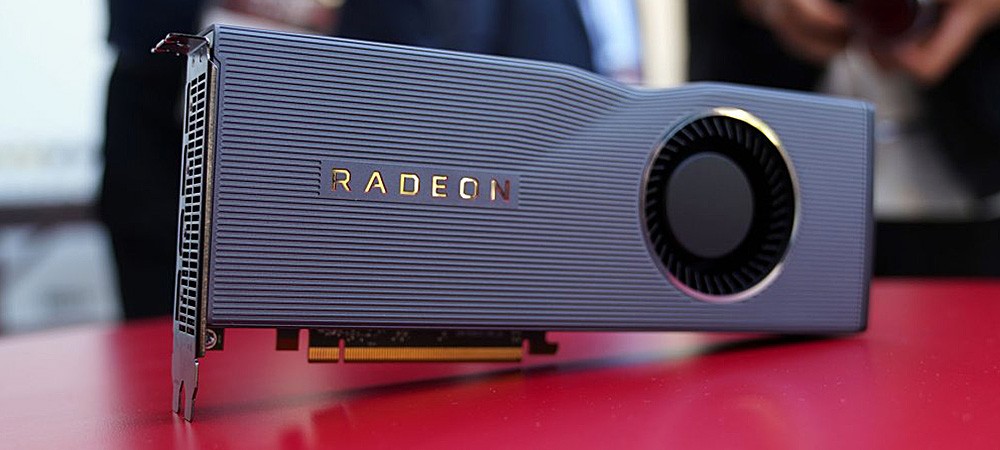
AMD Radeon Vega 7 vs AMD Radeon RX 5700 XT
|
|
|
|
|
AMD Radeon Vega 7 vs AMD Radeon RX 5700 XT
Comparison of the technical characteristics between the graphics cards, with AMD Radeon Vega 7 on one side and AMD Radeon RX 5700 XT on the other side. The first is dedicated to the desktop sector, it has 448 shading units, a maximum frequency of 1,6 GHz, its lithography is 7 nm. The second is used on the desktop segment, it includes 2560 shading units, a maximum frequency of 1,9 GHz, its lithography is 7 nm. The following table also compares the boost clock, the number of shading units (if indicated), of execution units, the amount of cache memory, the maximum memory capacity, the memory bus width, the release date, the number of PCIe lanes, the values obtained in various benchmarks.
Note: Commissions may be earned from the links above.
This page contains references to products from one or more of our advertisers. We may receive compensation when you click on links to those products. For an explanation of our advertising policy, please visit this page.
Specifications:
| Graphics card | AMD Radeon Vega 7 | AMD Radeon RX 5700 XT | ||||||
| Market (main) | Desktop | Desktop | ||||||
| Release date | Q1 2020 | Q3 2019 | ||||||
| Model number | — | 215-0917210, Navi 10 XT | ||||||
| GPU name | Raven | Navi 10 | ||||||
| Architecture | GCN 5. 0 0 |
RDNA 1.0 | ||||||
| Generation | Vega Raved Bridge | Navi RX 5000 | ||||||
| Lithography | 7 nm | 7 nm | ||||||
| Transistors | 9.800.000.000 | 10.300.000.000 | ||||||
| Bus interface | IGP | PCIe 4.0 x16 | ||||||
| GPU base clock | 400 MHz | 1,61 GHz | ||||||
| GPU boost clock | 1,60 GHz | 1,91 GHz | ||||||
| TDP | 15 W | 225 W | ||||||
| Cores (compute units, SM, SMX) | 7 | 40 | ||||||
| Shading units | 448 | 2. 560 560 |
||||||
| TMUs | 28 | 160 | ||||||
| ROPs | 8 | 64 | ||||||
| Cache memory | — | 4 MB | ||||||
| Pixel fillrate | 12,8 GP/s | 121,9 GP/s | ||||||
| Texture fillrate | 44,8 GT/s | 304,8 GT/s | ||||||
| Performance FP16 (half) | 2,9 TFLOPS | 19,5 TFLOPS | ||||||
| Performance FP32 (float) | 1,4 TFLOPS | 9,8 TFLOPS | ||||||
| Performance FP64 (double) | 89,6 GFLOPS | 609,6 GFLOPS | ||||||
| Amazon | ||||||||
| eBay |
Note: Commissions may be earned from the links above.
Price: For technical reasons, we cannot currently display a price less than 24 hours, or a real-time price. This is why we prefer for the moment not to show a price. You should refer to the respective online stores for the latest price, as well as availability.
We can better compare what are the technical differences between the two graphics cards.
Performances :
Performance comparison between the two processors, for this we consider the results generated on benchmark software such as Geekbench 4.
| FP32 Performance in GFLOPS | |
|---|---|
| AMD Radeon RX 5700 XT |
9.754 |
| AMD Radeon Vega 7 |
1.434 |
The difference is 580%.
Note: Commissions may be earned from the links above. These scores are only an
average of the performances got with these graphics cards, you may get different results.
Single precision floating point format, also known as FP32, is a computer number format that typically occupies 32 bits in PC memory. This represents a wide dynamic range of numeric values that employs a floating point.
See also:
AMD Radeon RX 5700 XT 50th Anniversary
Processors with the graphics card AMD Radeon Vega 7:
AMD Ryzen 5 4600GAMD Ryzen 5 5600GAMD Ryzen 5 5600GEAMD Ryzen 5 5625CAMD Ryzen 5 PRO 4400GAMD Ryzen 5 PRO 4650GAMD Ryzen 5 PRO 4650GEAMD Ryzen 5 PRO 5650GAMD Ryzen 5 PRO 5650GEAMD Ryzen 5 PRO 5650UAMD Ryzen 5 PRO 5675U
Equivalence:
AMD Radeon Vega 7 Nvidia equivalentAMD Radeon RX 5700 XT Nvidia equivalent
Disclaimer:
When you click on links to various merchants on this site and make a purchase, this can result in this site earning a commission. Affiliate programs and affiliations include, but are not limited to, the eBay Partner Network.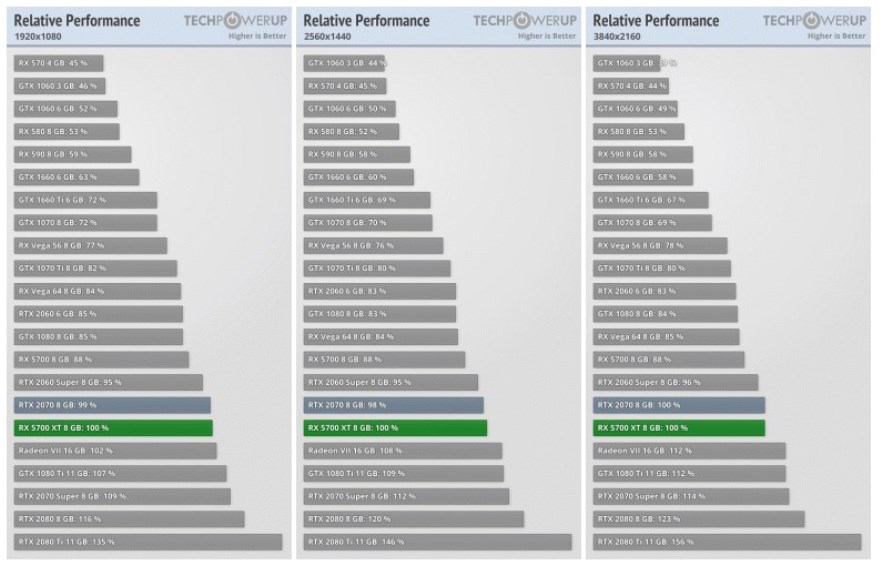
As an Amazon Associate I earn from qualifying purchases.
This page includes affiliate links for which the administrator of GadgetVersus may earn a commission at no extra cost to you should you make a purchase. These links are indicated using the hashtag #ad.
Information:
We do not assume any responsibility for the data displayed on our website. Please use at your own risk. Some or all of this data may be out of date or incomplete, please refer to the technical page on the respective manufacturer’s website to find the latest up-to-date information regarding the specifics of these products.
AMD Radeon RX Vega 56 vs MSI Radeon RX 5700
: What is the difference?
43 BALLLA
AMD Radeon RX Vega 56
56 Ballla
MSI Radeon RX 5700
Winter when comparing
VS
54 Facts compared to
AMD Radeon RX VEGA 56 9000
000 MSI RXI RXI RXI RADEN Is Radeon RX Vega 56 better than MSI Radeon RX 5700?
- 2.
 55 TFLOPS above FLOPS?
55 TFLOPS above FLOPS?
10.5 TFLOPS vs 7.95 TFLOPS - 81.1 GTexels/s higher number of textured pixels?
329.5 GTexels/s vs 248.4 GTexels/s - 1792bit wider memory bus?
2048bit vs 256bit - 1280 more stream processors?
3584 vs 2304 - 2200million more transistors?
12500 million vs 10300 million - 80 more texture units (TMUs)?
224 vs 144
- GPU frequency 309MHz higher?
1465MHz vs 1156MHz - 16.26 GPixel/s higher pixel rate?
110.4 GPixel/s vs 94.14 GPixel/s - 30W below TDP?
180W vs 210W - 950MHz faster memory speed?
1750MHz vs 800MHz - 12400MHz higher effective clock frequency?
14000MHz vs 1600MHz - 38GB/s more memory bandwidth?
448GB/s vs 410GB/s - 254MHz faster GPU turbo speed?
1725MHz vs 1471MHz - Semiconductor size 7nm smaller?
7nm vs 14nm
Which comparisons are the most popular?
AMD Radeon RX Vega 56
vs
AMD Radeon RX 580
MSI Radeon RX 5700
vs
Nvidia Geforce GTX 1660 Super
AMD Radeon RX Vega 56
vs
Nvidia GeForce GTX 1070
MSI Radeon RX 5700
VS
NVIDIA GeForce GTX 1060
AMD Radeon RX Vega 56
AMD Radeon RX Vega 8
NVIDIA NVIDIA NVIDIA NVIDI0003
AMD Radeon RX Vega 56
vs
Gigabyte Radeon RX 6600 XT Eagle
MSI Radeon RX 5700
vs
AMD Radeon RX 580
AMD Radeon RX Vega 56
vs
AMD Radeon RX 5700 XT
MSI Radeon RX 5700
vs
Nvidia GeForce GTX 1660 Ti
AMD Radeon RX Vega 56
vs
MSI Radeon RX 6700 XT Mech 2X
MSI Radeon RX 5700
vs
Nvidia GeForce GTX 1070
AMD Radeon RX Vega 56
vs
AMD Radeon RX 5500 XT
MSI Radeon RX 5700
vs
Nvidia GeForce GTX 1070 Ti
AMD Radeon RX Vega 56
vs
Nvidia GeForce GTX 1650
MSI Radeon RX 5700
vs
AMD Radeon RX 5600 XT
AMD Radeon RX Vega 56
vs
Nvidia Geforce GTX 1660 Super
MSI Radeon RX 5700
vs
Asus Phoenix GeForce GT 1030 OC Edition 9Ol000 Performance
10.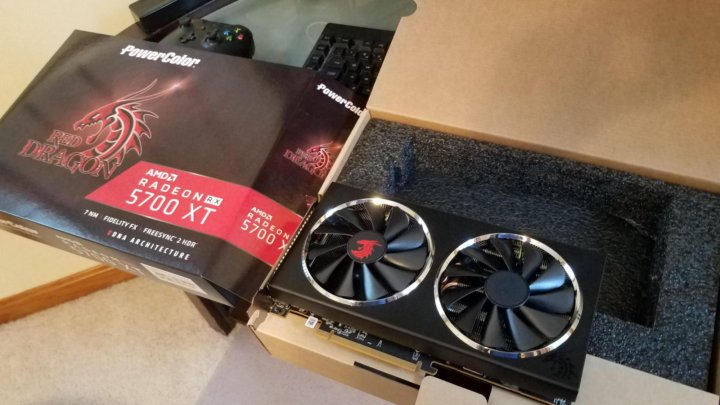 0 /10
0 /10
1 votes
No reviews yet
Quiet operation
4.0 900 2560003
reviews yet there is no
Reliability
8.0 /10
1 Votes
Reviews yet there are no
Custom
CLECTION FECTION GP
1156MHZ
1465MHz
graphic processor (GPU) higher clock frequency.
turbo GPU
1471MHz
1725MHz
When the GPU is running below its limits, it can jump to a higher clock speed to increase performance.
pixel rate
94.14 GPixel/s
110.4 GPixel/s
The number of pixels that can be displayed on the screen every second.
FLOPS
10.5 TFLOPS
7.95 TFLOPS
FLOPS is a measure of GPU processing power.
texture size
329. 5 GTexels/s
5 GTexels/s
248.4 GTexels/s
Number of textured pixels that can be displayed on the screen every second.
GPU memory speed
800MHz
1750MHz
Memory speed is one aspect that determines memory bandwidth.
Shading patterns
Shading units (or stream processors) are small processors in a graphics card that are responsible for processing various aspects of an image.
texture units (TMUs)
TMUs take texture units and map them to the geometric layout of the 3D scene. More TMUs generally means texture information is processed faster.
ROPs
ROPs are responsible for some of the final steps of the rendering process, such as writing the final pixel data to memory and for performing other tasks such as anti-aliasing to improve the appearance of graphics.
Memory
effective memory speed
1600MHz
14000MHz
The effective memory clock speed is calculated from the size and data transfer rate of the memory.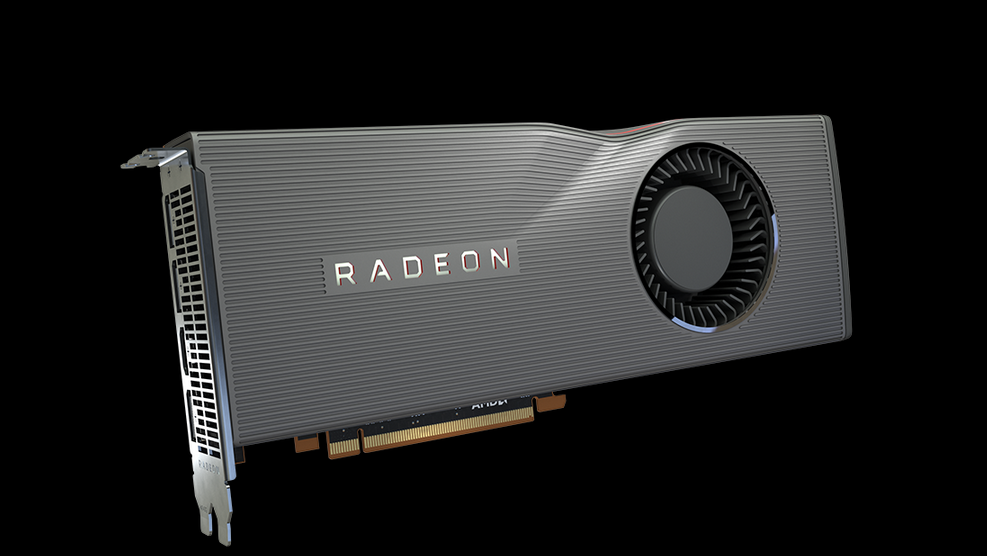 A higher clock speed can give better performance in games and other applications.
A higher clock speed can give better performance in games and other applications.
maximum memory bandwidth
410GB/s
448GB/s
This is the maximum rate at which data can be read from or stored in memory.
VRAM (video RAM) is the dedicated memory of the graphics card. More VRAM usually allows you to run games at higher settings, especially for things like texture resolution.
memory bus width
2048bit
256bit
Wider memory bus — this means it can carry more data per cycle. This is an important factor in memory performance, and therefore the overall performance of the graphics card.
GDDR memory version
Unknown. Help us offer a price. (AMD Radeon RX Vega 56)
Later versions of GDDR memory offer improvements such as higher data transfer rates, which improve performance.
Supports memory troubleshooting code
✖AMD Radeon RX Vega 56
✖MSI Radeon RX 5700
Memory troubleshooting code can detect and repair data corruption. It is used when necessary to avoid distortion, such as in scientific computing or when starting a server.
It is used when necessary to avoid distortion, such as in scientific computing or when starting a server.
Features
DirectX version
DirectX is used in games with a new version that supports better graphics.
OpenGL version
The newer the OpenGL version, the better graphics quality in games.
version of OpenCL
Some applications use OpenCL to use the power of the graphics processing unit (GPU) for non-graphical computing. Newer versions are more functional and better quality.
Supports multi-monitor technology
✔AMD Radeon RX Vega 56
✔MSI Radeon RX 5700
The video card has the ability to connect multiple screens. This allows you to set up multiple monitors at the same time to create a more immersive gaming experience, such as a wider field of view.
GPU temperature at boot
Unknown. Help us offer a price. (AMD Radeon RX Vega 56)
Help us offer a price. (AMD Radeon RX Vega 56)
Lower boot temperature means the card generates less heat and the cooling system works better.
supports ray tracing
✖AMD Radeon RX Vega 56
✖MSI Radeon RX 5700
Ray tracing is an advanced light rendering technique that provides more realistic lighting, shadows and reflections in games.
Supports 3D
✖AMD Radeon RX Vega 56
✔MSI Radeon RX 5700
Allows you to view in 3D (if you have a 3D screen and glasses).
supports DLSS
✖AMD Radeon RX Vega 56
✖MSI Radeon RX 5700
DLSS (Deep Learning Super Sampling) is an AI based scaling technology. This allows the graphics card to render games at lower resolutions and upscale them to higher resolutions with near-native visual quality and improved performance. DLSS is only available in some games.
PassMark (G3D) result
Unknown.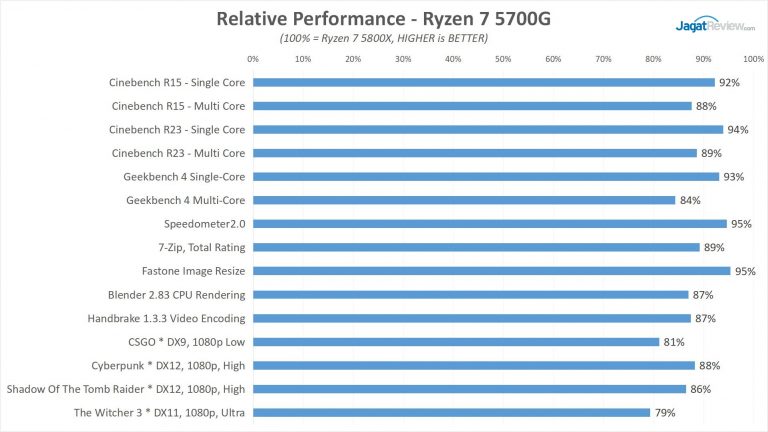 Help us offer a price. (AMD Radeon RX Vega 56)
Help us offer a price. (AMD Radeon RX Vega 56)
Unknown. Help us offer a price. (MSI Radeon RX 5700)
This test measures the graphics performance of a graphics card. Source: Pass Mark.
Ports
has HDMI output
✔AMD Radeon RX Vega 56
✔MSI Radeon RX 5700
Devices with HDMI or mini HDMI ports can stream HD video and audio to an attached display.
HDMI connectors
More HDMI connectors allow you to connect multiple devices at the same time, such as game consoles and TVs.
HDMI version
HDMI 2.0
HDMI 2.0
Newer HDMI versions support higher bandwidth, resulting in higher resolutions and frame rates.
DisplayPort outputs
Allows connection to a display using DisplayPort.
DVI outputs
Allows connection to a display using DVI.
mini DisplayPort outputs
Allows connection to a display using mini DisplayPort.
Price comparison
Which graphics cards are better?
Comparison of AMD Radeon Pro 5700 XT and AMD Radeon Pro Vega 64
Comparative analysis of AMD Radeon Pro 5700 XT and AMD Radeon Pro Vega 64 video cards by all known characteristics in the categories: General information, Specifications, Video outputs and ports, Compatibility, dimensions, requirements, API support, Memory.
Video card performance analysis by benchmarks: PassMark — G2D Mark, PassMark — G3D Mark, Geekbench — OpenCL, GFXBench 4.0 — Car Chase Offscreen (Frames), GFXBench 4.0 — Car Chase Offscreen (Fps), GFXBench 4.0 — Manhattan (Frames), GFXBench 4.0 — Manhattan (Fps), GFXBench 4.0 — T-Rex (Frames), GFXBench 4.0 — T-Rex (Fps), CompuBench 1.5 Desktop — Face Detection (mPixels/s), CompuBench 1.5 Desktop — Ocean Surface Simulation (Frames/s) , CompuBench 1. 5 Desktop — T-Rex (Frames/s), CompuBench 1.5 Desktop — Video Composition (Frames/s), CompuBench 1.5 Desktop — Bitcoin Mining (mHash/s).
5 Desktop — T-Rex (Frames/s), CompuBench 1.5 Desktop — Video Composition (Frames/s), CompuBench 1.5 Desktop — Bitcoin Mining (mHash/s).
AMD Radeon Pro 5700 XT
versus
AMD Radeon Pro Vega 64
Benefits
Reasons to choose AMD Radeon Pro 5700 XT
- Newer graphics card, release date difference 3 year(s) 1 month(s)
- 693.9x more texturing speed: 239.8 GTexel/s vs 345.6 GTexel / s
- A newer manufacturing process for the graphics card makes it more powerful, but with lower power consumption: 7 nm vs 14 nm
- About 92% less power consumption: 130 Watt vs 250 Watt
- About 5% more performance in PassMark — G2D Mark: 830 vs 791
- About 23% more performance in GFXBench 4.0 — Car Chase Offscreen (Frames) more: 16433 vs 13339
- GFXBench 4.0 performance — Car Chase Offscreen (Fps) about 23% more: 16433 vs 13339
11% more: 1499 MHz vs 1350 MHz
| Release date | 4 Aug 2020 vs 27 June 2017 |
| Boost core clock | 1499 MHz vs 1350 MHz |
| Texturing speed | 239. 8 GTexel/s vs 345.6 GTexel/s 8 GTexel/s vs 345.6 GTexel/s |
| Process | 7nm vs 14nm |
| Power consumption (TDP) | 130 Watt vs 250 Watt |
| PassMark — G2D Mark | 830 vs 791 |
| GFXBench 4.0 — Car Chase Offscreen (Frames) | 16433 vs 13339 |
| GFXBench 4.0 — Car Chase Offscreen (Fps) | 16433 vs 13339 |
| GFXBench 4.0 — Manhattan (Frames) | 3712 vs 3709 |
| GFXBench 4.0 — Manhattan (Fps) | 3712 vs 3709 |
Reasons to choose AMD Radeon Pro Vega 64
- About 1% more core clock: 1250 MHz vs 1243 MHz
- 60% more shader processors: 4096 vs 2560
- 5% more memory clock: 1572 MHz vs 1500 MHz (12000 MHz effective)
- About 1% more performance in PassMark — G3D Mark benchmark: 126292 vs 126292
- Geekbench — OpenCL performance about 29% better: 69055 vs 53335
| Core clock | 1250 MHz vs 1243 MHz |
| Number of shaders | 4096 vs 2560 |
| Memory frequency | 1572 MHz vs 1500 MHz (12000 MHz effective) |
| PassMark — G3D Mark | 12689 vs 12622 |
| Geekbench — OpenCL | 69055 vs 53335 |
Benchmark comparison
GPU 1: AMD Radeon Pro 5700 XT
GPU 2: AMD Radeon Pro Vega 64
| PassMark — G2D Mark |
|
|||
| PassMark — G3D Mark |
|
|||
| Geekbench — OpenCL |
|
|||
GFXBench 4. 0 — Car Chase Offscreen (Frames) 0 — Car Chase Offscreen (Frames) |
|
|||
| GFXBench 4.0 — Car Chase Offscreen (Fps) |
|
|||
| GFXBench 4.0 — Manhattan (Frames) |
|
|||
GFXBench 4.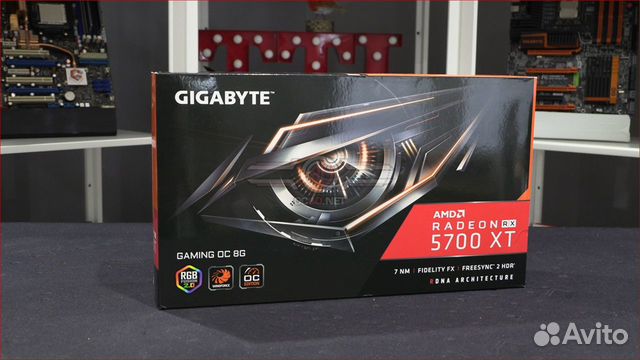 0 — Manhattan (Fps) 0 — Manhattan (Fps) |
|
|||
| GFXBench 4.0 — T-Rex (Frames) |
|
|||
| GFXBench 4.0 — T-Rex (Fps) |
|
| Name | AMD Radeon Pro 5700XT | AMD Radeon Pro Vega 64 |
|---|---|---|
| PassMark — G2D Mark | 830 | 791 |
| PassMark — G3D Mark | 12622 | 12689 |
| Geekbench — OpenCL | 53335 | 69055 |
GFXBench 4.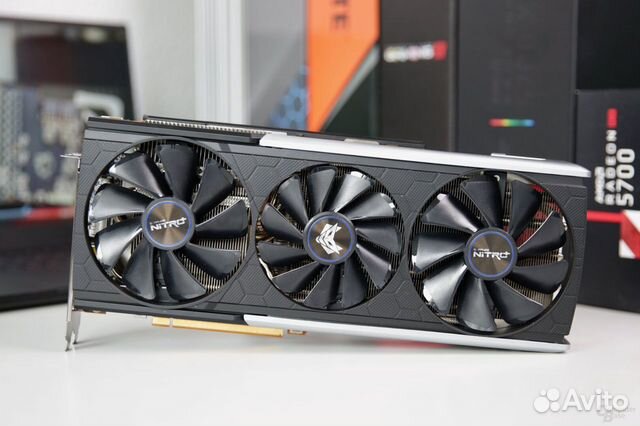 0 — Car Chase Offscreen (Frames) 0 — Car Chase Offscreen (Frames) |
16433 | 13339 |
| GFXBench 4.0 — Car Chase Offscreen (Fps) | 16433 | 13339 |
| GFXBench 4.0 — Manhattan (Frames) | 3712 | 3709 |
| GFXBench 4.0 — Manhattan (Fps) | 3712 | 3709 |
| GFXBench 4.0 — T-Rex (Frames) | 3353 | 3353 |
| GFXBench 4.0 — T-Rex (Fps) | 3353 | 3353 |
| CompuBench 1.5 Desktop — Face Detection (mPixels/s) | 142.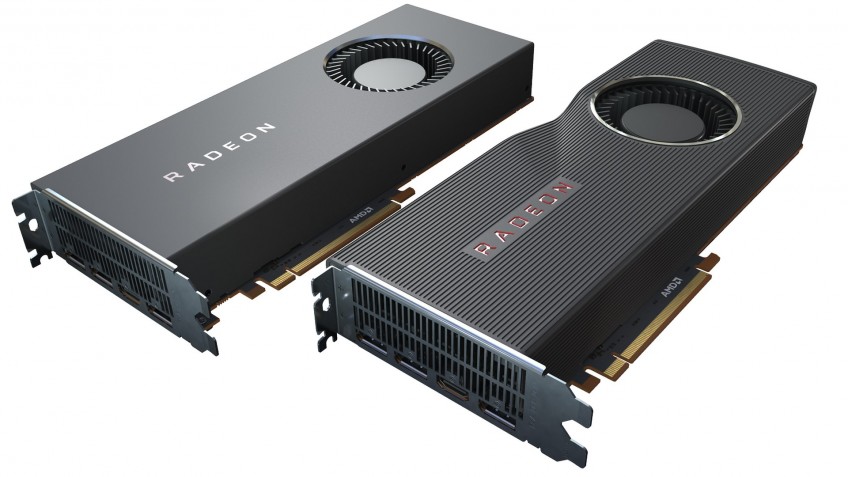 691 691 |
|
| CompuBench 1.5 Desktop — Ocean Surface Simulation (Frames/s) | 1729.558 | |
| CompuBench 1.5 Desktop — T-Rex (Frames/s) | 12.693 | |
| CompuBench 1.5 Desktop — Video Composition (Frames/s) | 111.376 | |
| CompuBench 1.5 Desktop — Bitcoin Mining (mHash/s) | 1396.172 |
Feature comparison
| AMD Radeon Pro 5700XT | AMD Radeon Pro Vega 64 | |
|---|---|---|
| Architecture | RDNA 1. 0 0 |
GCN 5.0 |
| Codename | Navi 10 | Vega 10 |
| Issue date | 4 Aug 2020 | 27 June 2017 |
| Place in the rating | 104 | 123 |
| Type | Laptop | Workstation |
| Boost core clock | 1499 MHz | 1350 MHz |
| Number of Compute | 40 | |
| Core frequency | 1243MHz | 1250 MHz |
| Process | 7nm | 14nm |
| Maximum temperature | 479. 7GFLOPS (1:16) 7GFLOPS (1:16) |
|
| Peak Half Precision (FP16) Performance | 15.35TFLOPS (2:1) | |
| Peak Single Precision (FP32) Performance | 7.675 TFLOPS | |
| Number of shaders | 2560 | 4096 |
| Pixel fill rate | 95.94 GPixel/s | |
| Texturing speed | 239.8 GTexel/s | 345.6 GTexel/s |
| Power consumption (TDP) | 130 Watt | 250 Watt |
| Number of transistors | 10300 million | 12,500 million |
| Floating point performance | 11.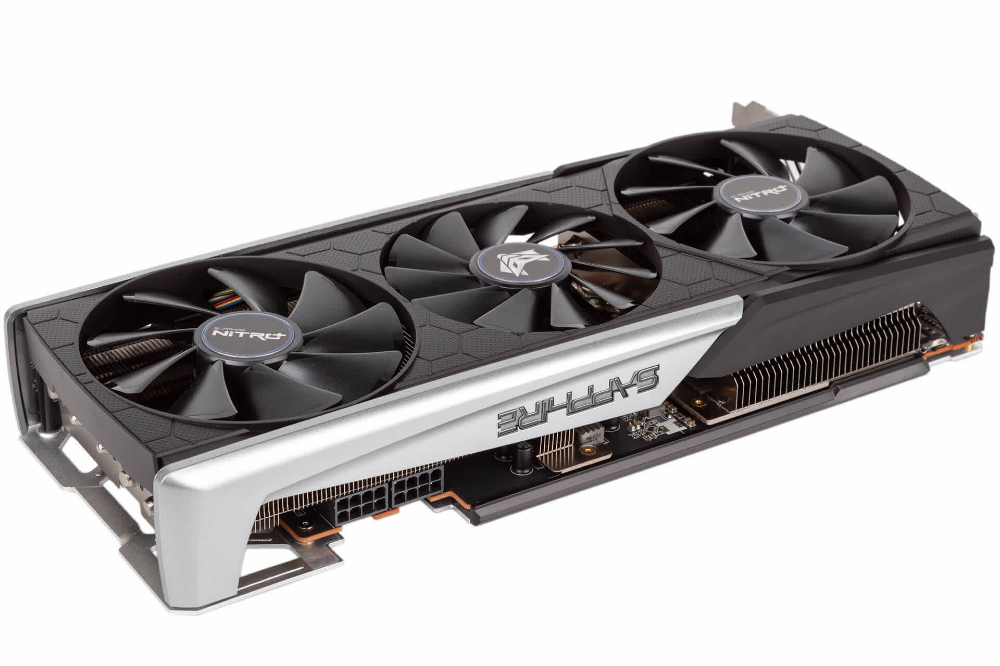 059 gflops 059 gflops |
|
| Video connectors | No outputs | No outputs |
| Interface | PCIe 4.0 x16 | PCIe 3.0 x16 |
| Recommended power supply | 350 Watt | |
| Additional power connectors | None | None |
| Width | IGP | |
| Length | 267mm | |
| DirectX | 12.1 | 12.
|
